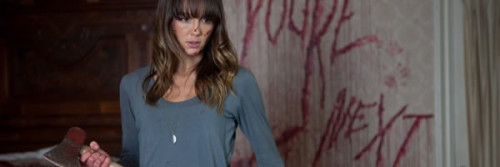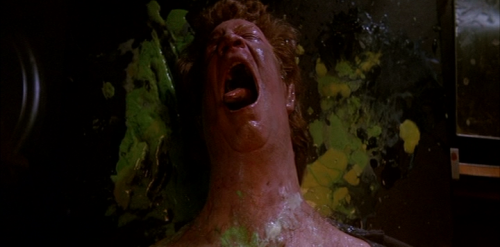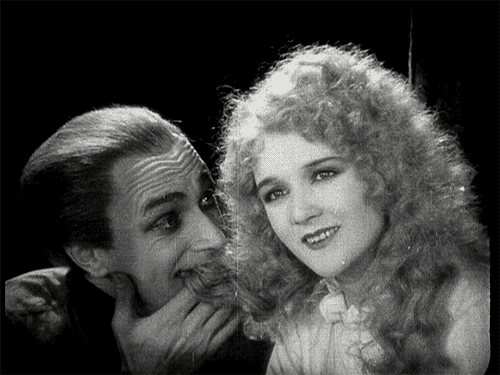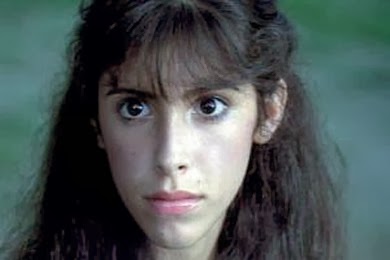This guest post by BJ Colangelo appears as part of our theme week on Sex Positivity.
When I was 19 years old, I was living in a shoddy dorm room in the middle of nowhere and absolutely desperate for cash. There were enough strangers on the Internet sending me requests for “topless video blogs” about horror films already, and so began my short-lived stint as a personal session cam girl. What I did or didn’t do is frankly, no one else’s business but my own, but this “dirty little secret” of mine is still something I struggle with every day regarding whether or not I tell people how I managed to pay for all of my books despite being a broke college student. Had I not written this paragraph, there would be plenty of people I know that would have never guessed this is something I had done in the past. Unfortunately, there are those that have known me for years but will see this short-lived moment in my life, this minute aspect of my personality, and choose to solely define me for it. Sex workers, porn stars, and cam girls are often defined exclusively by their professions.
This is where Chris Bergoch and Sean Baker’s stunning films Starlet and Tangerine come into play.
Tangerine has been generating quite the buzz around the indie circuit. The film follows Sin-Dee Rella (Kitana Kiki Rodriguez) and Alexandra (Mya Taylor), two transgender female prostitutes in Los Angeles on the day of Sin-Dee’s release from prison as she discovers their pimp (and Sin-Dee’s boyfriend) Chester (James Ransome) has been cheating on her with a cis-gender prostitute named Dinah. The majority of the characters featured in this film are either sex workers or consumers, and never once is the audience meant to see them as anything less than people. A married cab driver with a desire for pleasuring transgender prostitutes is never meant to be seen as a monster, and the women who provide him his pleasure are always seen as women just doing their job. There is no shame in the game for anyone rolling the dice, and if anything, the people we are to see as villainous are simply those that refuse to accept that they’ve already lost the game before ever trying to play.
We are given access to see an authentic look at the world of sex workers, one that isn’t littered with Showgirl glitter or Taxi Driver moral dilemma. It’s an honest and sincere look at people who work in the sex industry for reasons other than rehashed storylines from Law & Order: SVU. Tangerine is centered on sex workers, but this isn’t a movie about sex working. Sure, we see our actresses turn a few tricks, but that’s like saying Clerks is about the convenience store industry. Just because we’re watching these women do their job, does not mean that they are their job. Being a sex worker doesn’t define their characters, it just happens to be what they hold for a job. Sin-Dee is shown as an excellent negotiator and furiously funny, and Alexandra is presented as levelheaded and a gifted vocalist. Being a sex worker is something they do, but it isn’t everything they are.
Before Tangerine, Bergoch and Baker made another indie flick called Starlet, a tale of a young girl named Jane (she also answers to Tess) who finds an unlikely friendship with an elderly woman named Sadie. For nearly an hour of the film, we watch this non-traditional friendship blossom between the young, vibrant, and leggy Jane (played by Dree Hemingway) and the bitter old Sadie (first-time actress Besedka Johnson), before we are made aware of what Jane does for a living, and why she also answers to “Tess.” Jane, as well as her roommates Melissa and Mikey, all work in the porn industry. There’s no emotionally depressing reveal and it’s never used a shock tactic. In fact, the porn industry is presented as any other business one could work within.
Jane’s work in pornography is such a non-vital aspect of her personality, she could have easily been a waitress and this film would have still had the same effect. This isn’t a story of a “whore with a heart of gold” nor is it a film showing a redemption arc for a “troubled girl who made poor choices.” No. Jane works in pornography, and she’s also befriending an older woman simply because she enjoys her company. Yes, Jane works in the porn industry, but she’s also an avid garage sale enthusiast. Starlet isn’t trying to make a “porn stars are people too!” sort of film, it’s a genuinely interesting film about the way we relate with other people, and one of the characters just happens to work in pornography. Jane is not defined by her profession, and she isn’t demonized for it either.
Sean Baker and Chris Bergoch are spreading an important truth with their films: that sex does not have to be definitive. Tangerine and Starlet are two monumentally groundbreaking films, and they should be required viewing for all.
BJ Colangelo is the woman behind the keyboard for Day of the Woman: A blog for the feminine side of fear and a contributing writer for Icons of Fright. She’s been published in books, magazines, numerous online publications, all while frantically applying for day jobs. She’s a recovering former child beauty queen and a die-hard horror fanatic. You can follow her on Twitter at @BJColangelo.
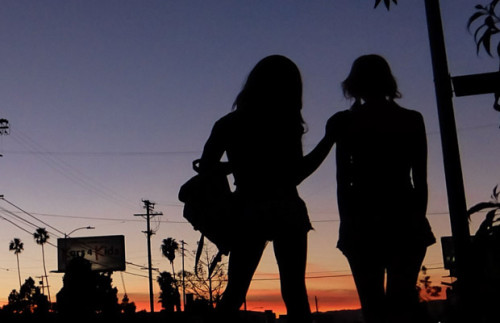



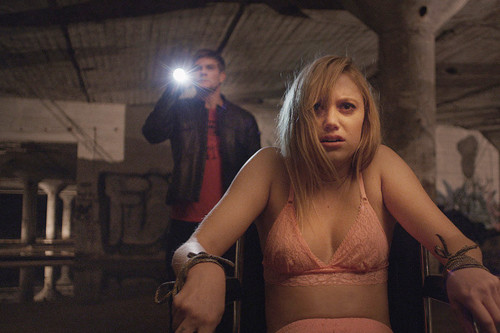




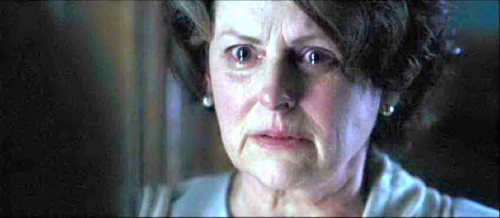





![smart-guy-51260ce141e48[1]-700x700-700x700](http://www.btchflcks.com/wp-content/uploads/2015/01/smart-guy-51260ce141e481-700x700-700x700-e1422285159983.png)
![1317388177_78a0fc2984a11736cf65421255517515_midi[1]-700x700-700x700](http://www.btchflcks.com/wp-content/uploads/2015/01/1317388177_78a0fc2984a11736cf65421255517515_midi1-700x700-700x700-e1422285191345.jpg)
![Smart-Guy-tahj-mowry-24518104-300-223[1]-700x700-700x700](http://www.btchflcks.com/wp-content/uploads/2015/01/Smart-Guy-tahj-mowry-24518104-300-2231-700x700-700x700-e1422285219845.jpg)







